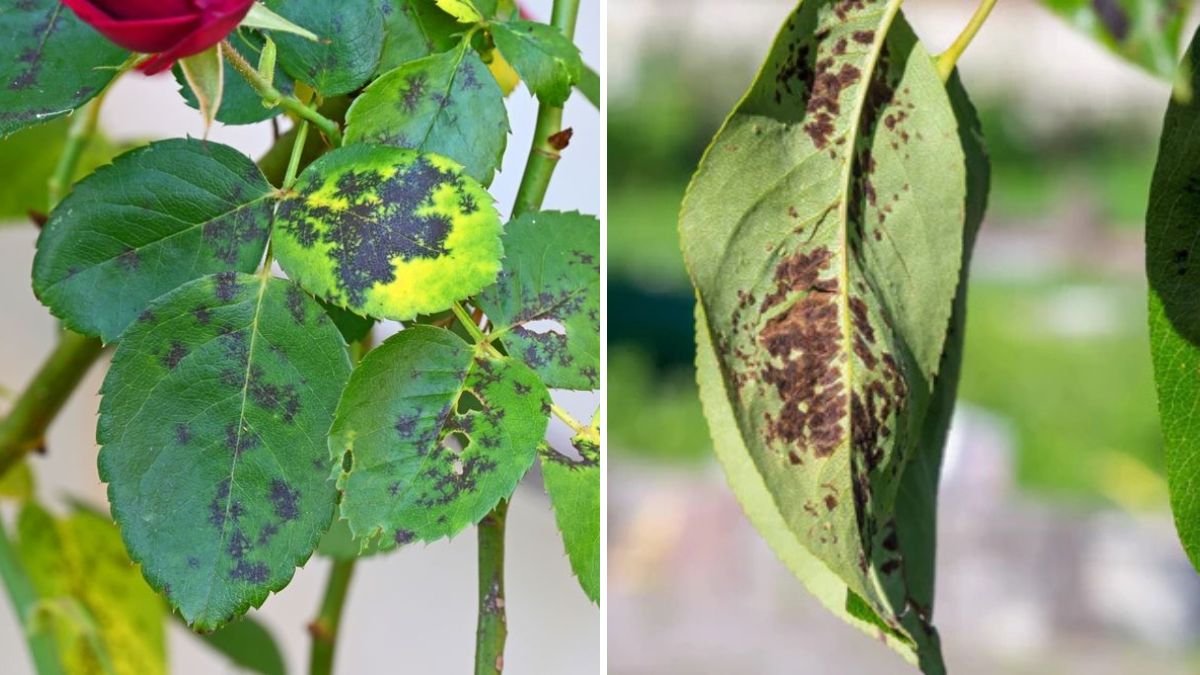Flower beds are the centerpiece of many gardens, adding color, texture, and aesthetic appeal. However, the beauty of flower beds can be compromised by fungal diseases, which are among the most common issues affecting ornamental plants. Fungal infections can lead to leaf spots, wilt, powdery growths, root rot, and even plant death if left unchecked. Preventing these issues is essential for maintaining healthy, vibrant, and long-lasting flower beds.
This article provides a comprehensive guide on how to prevent fungal issues in flower beds, covering plant selection, soil management, watering practices, environmental considerations, and seasonal care.
1. Understanding Fungal Issues in Flower Beds
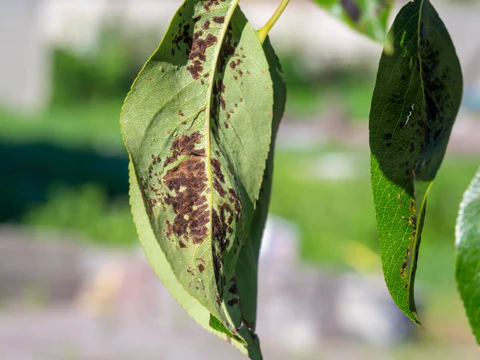
Fungal diseases are caused by various microscopic fungi that thrive under specific conditions:
- High Humidity and Moisture: Many fungi flourish in wet, poorly drained soils or on wet foliage.
- Poor Air Circulation: Dense plantings reduce airflow, creating a microenvironment ideal for fungal growth.
- Susceptible Plant Varieties: Some ornamental flowers are more prone to fungal infections than others.
- Infected Soil or Debris: Fungal spores can persist in soil, mulch, or plant debris from previous seasons.
Understanding these factors is crucial to implement effective preventive strategies.
2. Choosing Disease-Resistant Plants
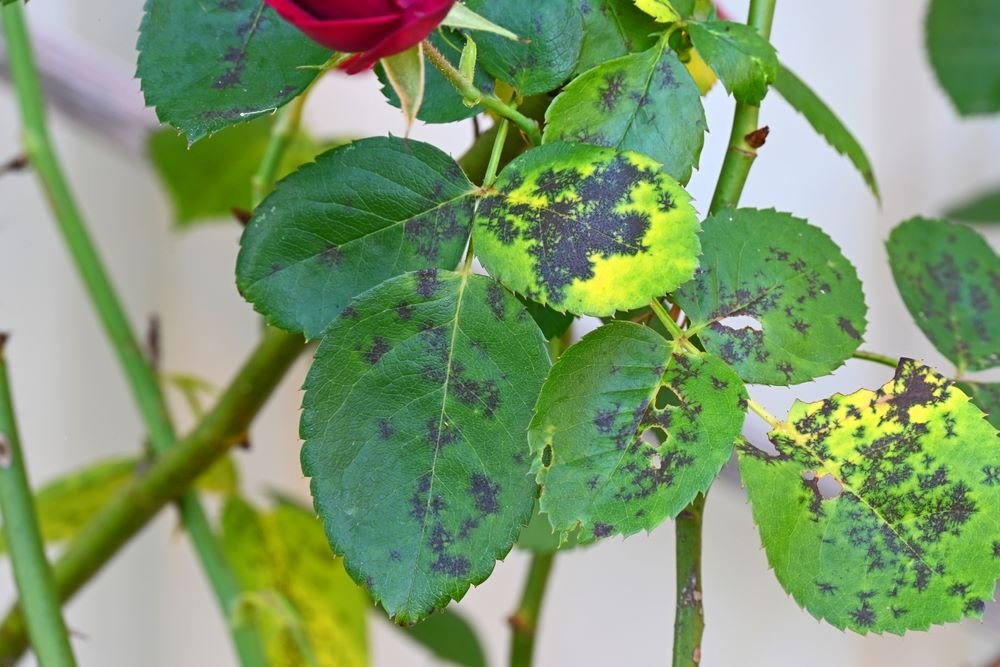
Selecting the right plants is the first line of defense against fungal infections:
- Resistant Varieties: Many modern flower cultivars are bred for resistance to common fungal diseases.
- Native Plants: Local species are often better adapted to local pathogens and climates.
- Avoid Overcrowding: Select plant varieties that fit the available space to ensure airflow.
- Diversity: Planting a mix of species reduces the likelihood of a disease outbreak wiping out entire flower beds.
Using resistant plants reduces the need for chemical interventions and promotes long-term garden health.
3. Preparing Soil for Healthy Flower Beds
Healthy soil reduces fungal susceptibility:
- Well-Draining Soil: Prevents waterlogging, which can lead to root rot and other fungal infections.
- Soil Amendments: Incorporate compost, sand, or perlite to improve drainage and structure.
- Soil pH: Most ornamental flowers thrive in slightly acidic to neutral soils (pH 6.0–7.0).
- Rotation and Renewal: Avoid planting the same species in the same soil year after year to reduce fungal spore buildup.
Healthy, well-prepared soil supports strong root systems and disease resistance.
4. Watering Practices to Prevent Fungal Growth
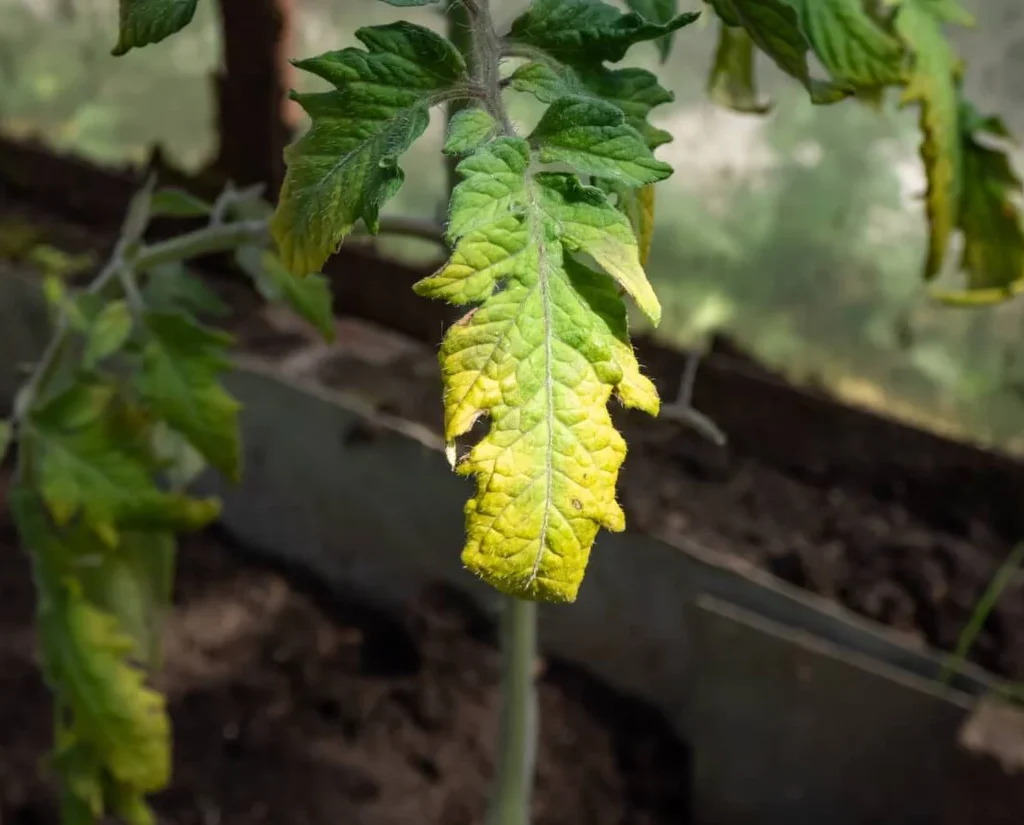
Watering methods greatly influence fungal development:
- Avoid Overhead Watering: Wet foliage encourages leaf spot and mildew; use drip irrigation or soaker hoses.
- Morning Watering: Allows leaves to dry during the day, reducing moisture retention overnight.
- Deep, Infrequent Watering: Encourages strong root growth without creating persistently wet conditions.
- Mulch Management: Keep mulch slightly away from plant stems to prevent moisture accumulation and fungal infection.
Correct watering practices significantly reduce the risk of fungal diseases.
5. Ensuring Proper Air Circulation
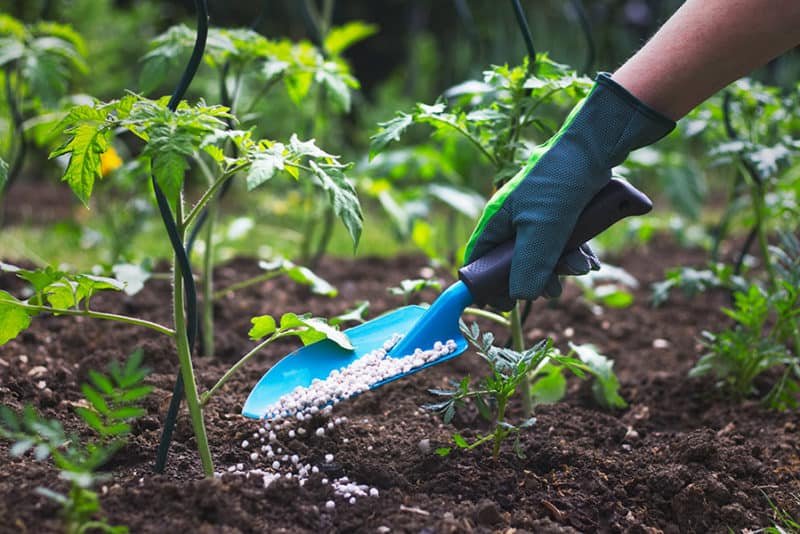
Good airflow prevents fungal spores from establishing:
- Spacing Plants Appropriately: Follow recommended distances for each species.
- Pruning and Thinning: Remove excess foliage and trim overcrowded plants.
- Staking Tall Flowers: Supports airflow and prevents contact with the soil.
- Garden Design: Arrange plants to allow movement of air, particularly in dense beds.
Air circulation is a natural and effective method to minimize fungal outbreaks.
6. Mulching Wisely

Mulch protects soil and supports plant health but can also harbor fungi if mismanaged:
- Use Organic Mulch: Wood chips, straw, or bark prevent soil erosion and retain moisture.
- Avoid Excessive Mulch: Thick layers can trap moisture and encourage fungal growth.
- Distance from Stems: Keep mulch a few inches away from the base of plants.
- Renew Annually: Replace old mulch to prevent fungal spores from persisting.
Proper mulching supports soil health while minimizing fungal risks.
7. Sanitation and Garden Hygiene
Maintaining cleanliness in flower beds is crucial:
- Remove Debris: Regularly clear fallen leaves, spent flowers, and plant debris.
- Sterilize Tools: Clean pruning shears and garden tools with alcohol or bleach solution.
- Monitor New Plants: Quarantine new additions to ensure they are disease-free.
- Dispose Infected Material: Burn or discard infected plants to prevent spread.
Sanitation is a preventive measure that significantly reduces the spread of fungal pathogens.
8. Monitoring and Early Detection
Vigilance is key to preventing severe fungal issues:
- Regular Inspections: Check leaves, stems, and flowers for early signs of disease.
- Look for Symptoms: Yellowing, spots, powdery coatings, or wilting can indicate fungal infections.
- Early Intervention: Remove affected areas immediately to prevent spreading.
- Record Observations: Keep a garden journal to track patterns and recurring problems.
Early detection ensures timely action and reduces long-term damage.
9. Environmental Considerations
Environmental factors play a major role in fungal outbreaks:
- Sunlight: Ensure flower beds receive sufficient light; fungi thrive in shaded, damp areas.
- Wind Exposure: Moderate wind helps dry foliage and improves airflow.
- Soil Temperature: Cold, wet soils encourage certain fungal pathogens; raised beds can help.
- Avoid Excess Fertilization: Too much nitrogen encourages lush, soft growth prone to fungal attack.
Creating an optimal environment naturally reduces fungal susceptibility.
10. Companion Planting and Biodiversity
Incorporating companion plants enhances resistance:
- Beneficial Herbs: Basil, rosemary, and thyme may have antifungal properties.
- Pollinator-Friendly Plants: Attracting pollinators encourages plant vigor.
- Diverse Planting: Mixing species prevents monoculture and reduces pathogen buildup.
Biodiversity contributes to a balanced ecosystem and reduced fungal problems.
11. Seasonal Care Practices
- Spring: Prepare soil, select resistant varieties, and plant with proper spacing.
- Summer: Maintain watering routines, prune, and monitor for early signs of fungal infection.
- Autumn: Remove plant debris, mulch appropriately, and prepare soil for winter.
- Winter: Clear decayed foliage and avoid planting susceptible species in wet areas.
Seasonal adjustments ensure flower beds remain healthy year-round.
12. Organic and Chemical Preventive Measures
Sometimes, preventive treatments may be necessary:
- Organic Fungicides: Neem oil, copper sprays, or sulfur-based products can help prevent fungal infections.
- Chemical Fungicides: Use as a last resort, following label instructions carefully.
- Application Timing: Apply during dry, calm weather to maximize effectiveness.
- Integrated Pest Management (IPM): Combine cultural practices with preventive treatments for the best results.
Preventive applications supplement good gardening practices to maintain disease-free flower beds.
13. Benefits of Preventing Fungal Issues
Maintaining healthy flower beds yields multiple advantages:
- Longer Blooming Periods: Healthy plants produce more flowers for extended periods.
- Reduced Maintenance Costs: Fewer chemical treatments and replacements are required.
- Improved Aesthetic Appeal: Vivid, disease-free flowers enhance garden beauty.
- Environmental Benefits: Reducing fungicide use promotes biodiversity and soil health.
- Stronger Plants: Disease-free plants develop better root systems and resilience.
Preventive measures ensure sustainable, vibrant, and low-maintenance flower beds.
Conclusion
Preventing fungal issues in flower beds requires a combination of thoughtful plant selection, proper soil preparation, careful watering, adequate spacing, and regular maintenance. By choosing disease-resistant varieties, ensuring good air circulation, practicing proper sanitation, and monitoring plants for early signs of infection, gardeners can maintain healthy, flourishing flower beds year-round. Additional measures such as mulching correctly, seasonal adjustments, and occasional preventive treatments further reduce fungal risks. Implementing these strategies allows gardens to remain vibrant, beautiful, and productive, providing continuous enjoyment while minimizing plant loss due to fungal diseases.
